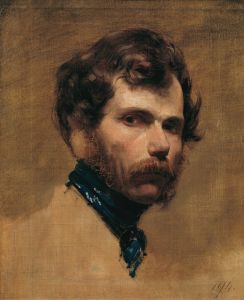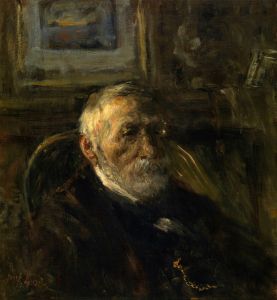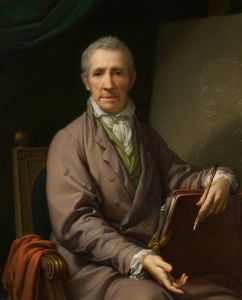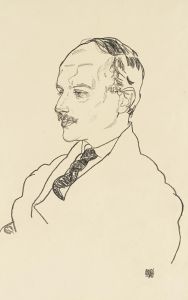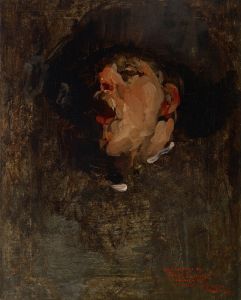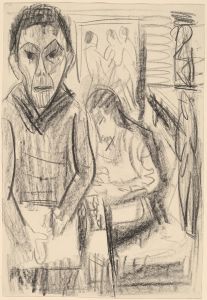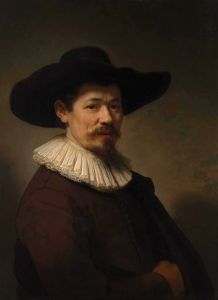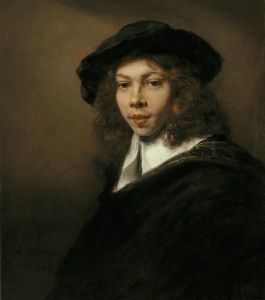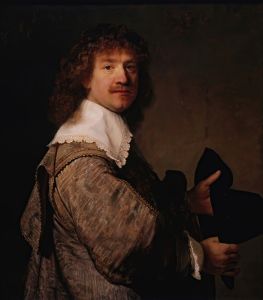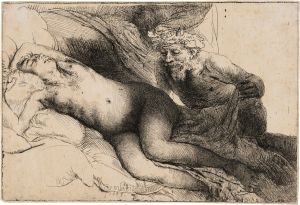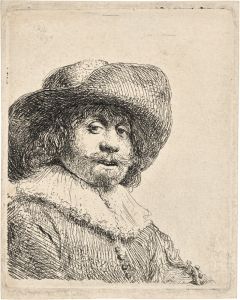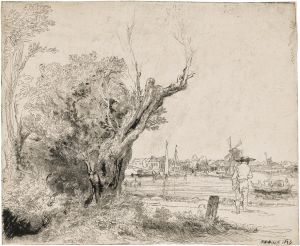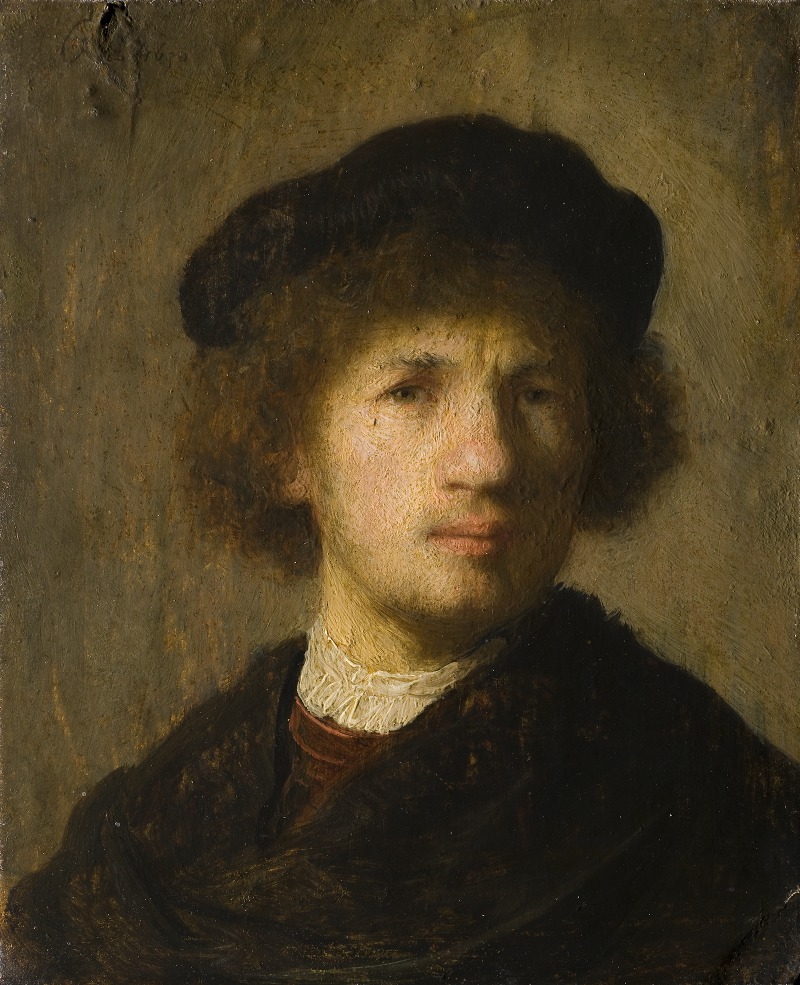
Self-portrait
A hand-painted replica of Rembrandt van Rijn’s masterpiece Self-portrait, meticulously crafted by professional artists to capture the true essence of the original. Each piece is created with museum-quality canvas and rare mineral pigments, carefully painted by experienced artists with delicate brushstrokes and rich, layered colors to perfectly recreate the texture of the original artwork. Unlike machine-printed reproductions, this hand-painted version brings the painting to life, infused with the artist’s emotions and skill in every stroke. Whether for personal collection or home decoration, it instantly elevates the artistic atmosphere of any space.
Rembrandt van Rijn, one of the most celebrated Dutch painters of the 17th century, is renowned for his extensive series of self-portraits, which provide a profound insight into his life and artistic evolution. Among these, the self-portraits created by Rembrandt are considered significant not only for their artistic mastery but also for their introspective depth. These works span his entire career, from his early days in Leiden to his later years in Amsterdam, and they collectively offer a visual autobiography of the artist.
Rembrandt's self-portraits are notable for their technical brilliance and emotional depth. He employed a variety of techniques and styles throughout his career, reflecting the changes in his personal life and artistic approach. His early self-portraits often depict him in elaborate costumes, showcasing his skills in rendering textures and fabrics, and demonstrating his interest in the theatrical and the dramatic. These works are characterized by a youthful exuberance and a keen attention to detail.
As Rembrandt matured, his self-portraits began to exhibit a greater sense of introspection and realism. The later portraits are often more subdued in color and composition, focusing more on the expression and character of the subject rather than the adornments. This shift is evident in the way he captures the effects of light and shadow on his face, creating a sense of depth and volume that brings the portraits to life. The use of chiaroscuro, a technique that contrasts light and dark, is particularly prominent in these works, highlighting Rembrandt's mastery of light.
One of the most famous self-portraits by Rembrandt is the "Self-Portrait with Two Circles," painted around 1665-1669. This work is often regarded as one of his masterpieces, showcasing his mature style and profound self-reflection. In this painting, Rembrandt presents himself as an older man, with a contemplative expression and a direct gaze that engages the viewer. The two mysterious circles in the background have been the subject of much scholarly debate, but their exact meaning remains uncertain. This portrait exemplifies Rembrandt's ability to convey complex emotions and his introspective nature.
Throughout his self-portraits, Rembrandt not only documented his own aging process but also explored the human condition. His ability to capture the subtleties of human emotion and expression has made these works timeless. They continue to resonate with audiences today, offering a glimpse into the soul of one of history's greatest artists.
Rembrandt's self-portraits are housed in various museums and collections around the world, including the Rijksmuseum in Amsterdam, the National Gallery in London, and the Mauritshuis in The Hague. Each portrait provides a unique perspective on the artist's life and work, contributing to our understanding of Rembrandt as both an individual and an artist. These self-portraits remain a testament to his enduring legacy and his unparalleled contribution to the art world.





